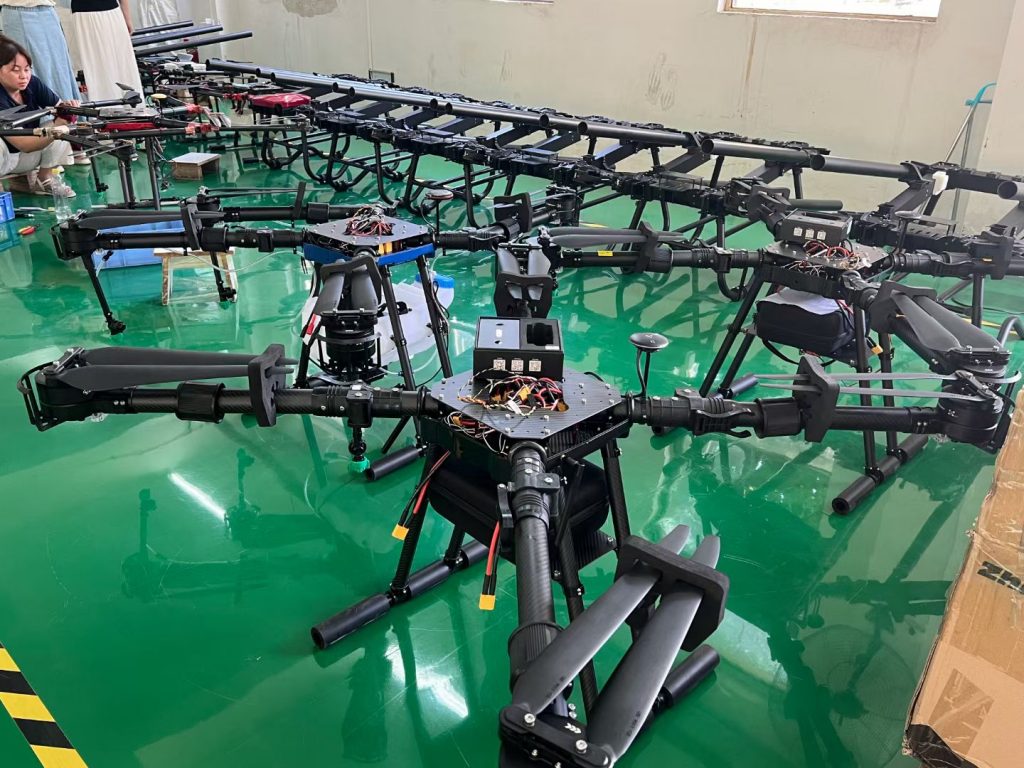
Wings Over the Adriatic Highlands: How Chinese Agri-Drones Are Tending Black Mountain Farms
Nestled between the jagged peaks of the Dinaric Alps and the sapphire waters of the Adriatic Sea, Montenegro’s countryside is a postcard of rugged beauty. Here, agriculture isn’t just a livelihood—it’s a thread connecting generations. Family-run farms, most no larger than 10 hectares, cling to terraced hillsides, tending olive groves that have shaded villages for centuries, vineyards that yield robust reds, and fields of wheat and corn that feed local communities. Yet beneath this idyllic surface, challenges fester. An aging farmer base (over 60% are over 55), a shrinking workforce as young Montenegrins move to Podgorica or Belgrade, and mounting pressure to farm sustainably—to cut pesticide use, protect fragile ecosystems, and adapt to unpredictable weather—threaten the survival of these intimate, tradition-rich operations. It’s here, amid the scent of wild thyme and the clatter of goat bells, that an unlikely helper has taken flight: agricultural drones imported from China, now gliding over Montenegrin fields to prove that even the most mountainous, tradition-bound farms can thrive with the right innovations.
Montenegro’s Farms: Small Plots, Big Struggles
Montenegrin agriculture is defined by its scale and soul. In the north, near Bijelo Polje, farmers grow kruška (pears) and šljiva (plums) on steep slopes; in the south, the Bay of Kotor’s villages cultivate olives and grapes for Montenegro’s acclaimed Vranac red wine. Livestock farming—sheep and goats grazing on highland pastures—adds to the mosaic, their milk turned into sir iz kozjeg mlijeka (goat cheese) sold at roadside stalls. Yet for all its charm, farming here is a daily act of resilience.
“My family has farmed this 5-hectare olive grove in Bar since 1960,” says Luka, a 62-year-old farmer. “Today, it’s just me and my granddaughter, Ana. Hand-spraying fungicides on 3 hectares takes two days—by then, the black spot fungus has already spread. And last summer’s drought? It stunted my grapes. Young folks? They’re off to cities. Who will tend these trees if we can’t make farming sustainable?”
Climate change has sharpened these strains. Summers now bring 40°C heatwaves that bake soil, while winter rains are erratic—too little to quench thirsty roots, too much to flood terraced fields. EU sustainability rules demand sharper cuts in pesticide use—down 35% by 2030—while consumers increasingly seek “eco-friendly” produce. “We’re being asked to produce more with less,” adds Milena, who runs a small dairy farm in Nikšić. “But doing it by hand? Impossible. I can’t monitor 8 hectares of pastures for overgrazing alone.”
Drones Crafted for Montenegro’s Mountains and Mindset
When we first explored exporting to Montenegro, we didn’t just send drones built for flatlands. We studied the country: its rocky terrain, narrow planinarske staze (mountain trails), and the quiet pride of its farmers in doing things “the Montenegrin way.” What emerged was a machine built not just for Montenegro’s climate, but for its culture of bratstvo i jedinstvo (brotherhood and unity) and reverence for the land.
Lightweight and cliff-ready: Weighing just 9 kilograms, our drones fold into water-resistant cases, easy to carry up Bar’s sun-baked hills or through Nikšić’s cobblestone farmsteads. Their reinforced frames withstand impacts from loose rocks, and sealed batteries resist frost heave in winter—critical in a place where farms hug the edges of national parks. “In the past, my old sprayer got stuck in mud weekly,” Luka laughs. “This drone? It launches in minutes, even after a spring thaw. It doesn’t freeze up—or complain.”
Precision for micro-plots: Multispectral sensors map crop health at the leaf level, flagging early signs of drought or pest damage. For Milena’s dairy farm, this meant identifying overgrazed patches before they degraded—saving 25% of her pasture last season. “The drone shows me where the grass is thin,” she explains. “I move the goats, and the land recovers. No more mud pits or lost kids. The enviro inspectors noticed—no fines last year.”
Simple enough for your nonno, smart enough for your nipote: Many Montenegrin farmers are tech-curious but value tradition. We designed a Montenegrin-language app with one-touch “health scan” modes and paired it with workshops led by local agronomists in village halls, over proja (cornbread) and rakija (fruit brandy). “I thought drones were for tech cities,” admits Ana, Luka’s granddaughter, now a farm assistant. “But after the training? I flew one myself. It’s like using a high-end camera—intuitive, and it makes me feel like I’m carrying on our legacy with the future. Now I’m teaching my nonno how to read the maps. It’s bringing us closer.”
More Than Machines: Trust in the Heart of the Adriatics
In Montenegro, trust is earned over rakija and proja and tales of pirate queens. We didn’t just drop off drones; we set up a service hub in Podgorica and partnered with the Montenegrin Farmers’ Association to host “drone field days,” where farmers shared tips and celebrated small wins. “Montenegrin farmers are proud,” says Marko, the association’s rep. “They need to see results, not brochures. But once they do? They become our fiercest advocates.”
That trust deepened when we adapted to their reality. During last year’s record drought, we rushed portable water tanks for drones to spray livestock with electrolytes—no extra charge. When Luka struggled to map steep, terraced olive groves, our engineers adjusted the drone’s flight path algorithm to hug contours, avoiding crashes into stone walls. “You didn’t just sell us a tool,” Milena says. “You stayed when the sky was sun-bleached. That’s prijateljstvo (friendship).”
Today, drones are quietly transforming Montenegrin farming:
-
Olive Groves (Bar): Luka now monitors his crop weekly, cutting chemical use by 40% and reducing runoff into nearby bays. “My olives taste the same, but my conscience is lighter. Ana’s even started a social media page showing how we farm with drones—young people are curious.”
-
Vineyards (Bay of Kotor): Farmer Nikola uses drones to scout for powdery mildew, treating small outbreaks before they spread. “Last year, I saved 20% of my grapes. The drone is my new viticulturist—faster and kinder to the vines.”
-
Dairy Pastures (Nikšić): Milena maps pasture growth to rotate grazing, boosting milk quality. “Richer grass means richer cheese. My sir iz kozjeg mlijeka now wins gold at the Podgorica Food Fair—and tourists love hearing about our ‘drone-tended’ goats.”
A Partnership Rooted in Respect
What began as a business venture has become a collaboration. Montenegrin farmers teach us about their land: how drones handle the country’s strong maestral winds, which crops (like kruška pears) need gentler spray settings, even which Montenegrin phrases make training stick (“Le, dron!”—“Fly, drone!”—is now our workshop cheer). In return, we’re refining our drones: larger tanks for Bar’s bigger olive groves, quieter motors to avoid spooking sheep, even solar panels to extend flight time in long summer days.
As Montenegro aims to boost organic farming by 25% by 2030, drones offer more than efficiency—they offer hope. They let young farmers like Ana see a future where technology and tradition coexist. They let elders like Luka pass down their love of the land without burning out. And they let this Adriatic nation prove that even in a world of mega-farms, small plots can thrive with the right tools.
So when you next see a drone gliding over Montenegrin olive groves or vineyards, know this: it’s not just flying. It’s carrying the dreams of a community, the lessons of a factory halfway across the world, and the quiet belief that the most cherished traditions deserve the kindest, toughest innovations.
After all, in a place where the soil is rich with history, progress should feel like coming home—warmer, wiser, and ready to grow.
THE END

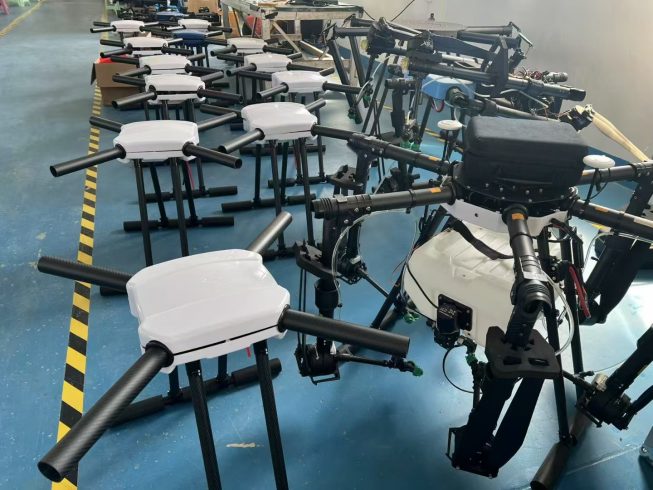
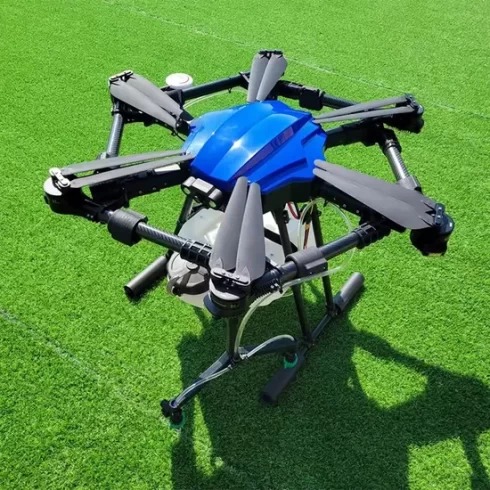
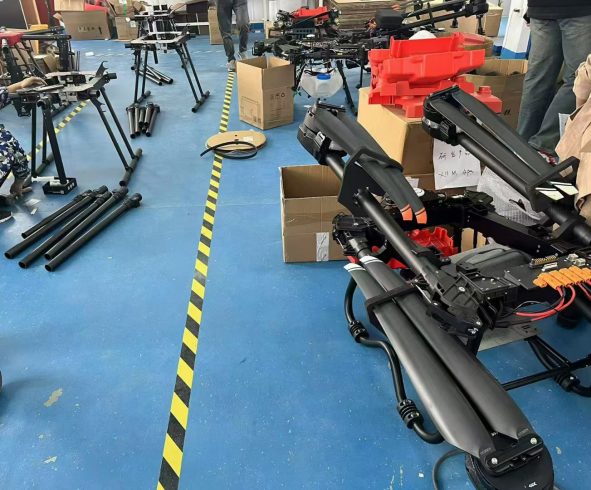
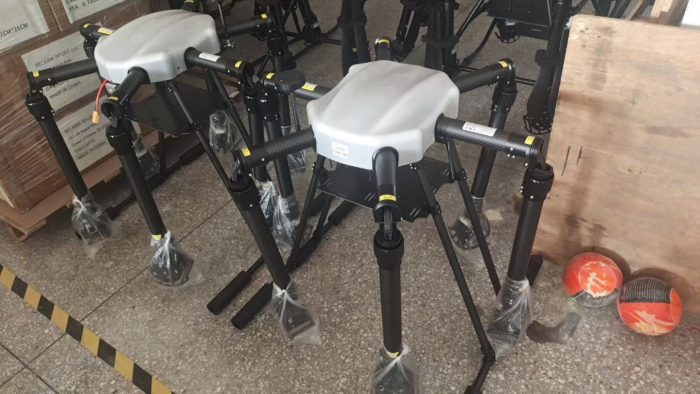
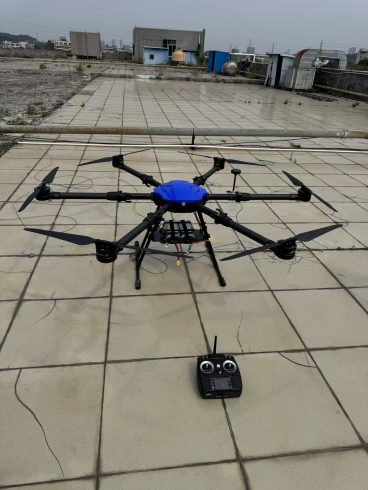
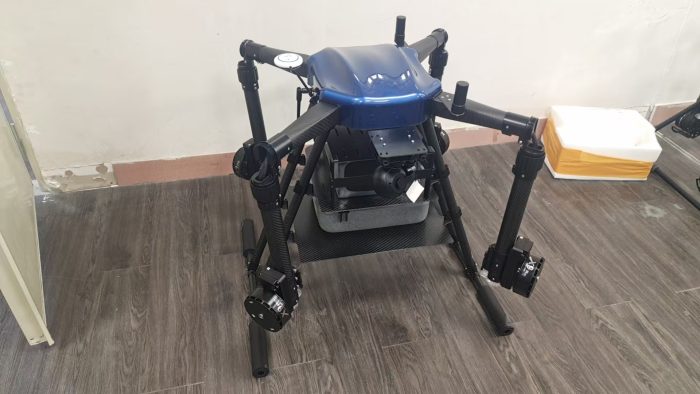
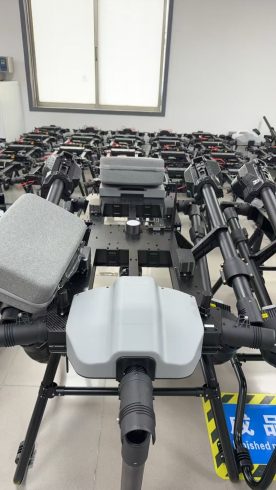

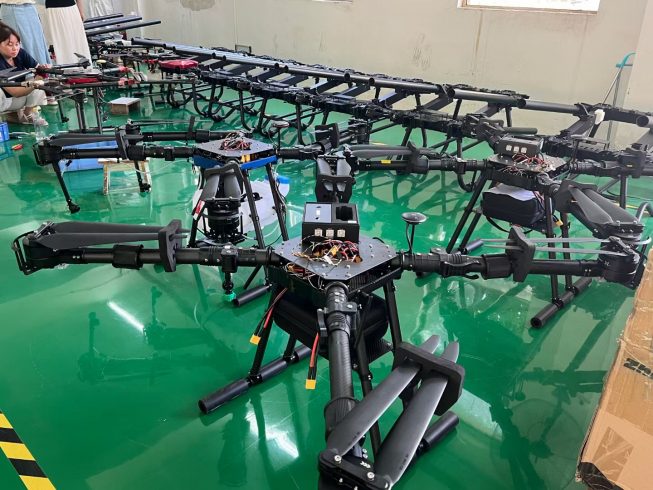

暂无评论内容